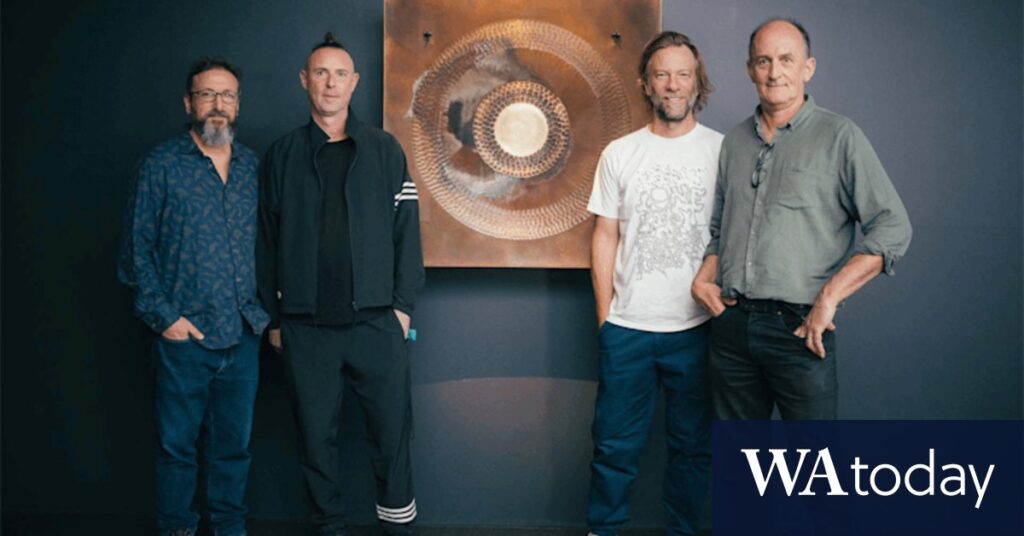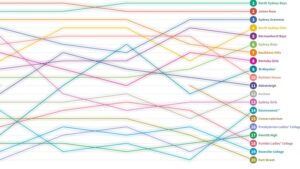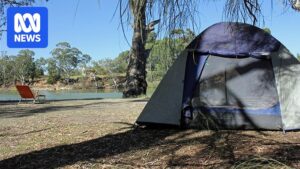
Perth, one of the world’s most isolated cities, has emerged as an unexpected epicenter for groundbreaking experiments that blend art and science, raising profound ethical questions about the nature of life and sentience. At the forefront of this movement is SymbioticA, an artistic laboratory embedded within the University of Western Australia, where artists and scientists collaborate to explore the boundaries of life itself.
“We are in uncharted territory. These are not conversations that can be left just to scientists or corporations,” said Oron Catts, cofounder of SymbioticA. The lab, founded 25 years ago, was the first of its kind, dedicated to providing artists access to living matter, not just its representations, to provoke questions about what is possible and what is acceptable.
Art Meets Science: Pioneering Projects
SymbioticA’s projects often sound like they are lifted straight from science fiction. In 2003, they became the first team in the world to grow and eat lab meat. In 2008, a miniature jacket made from living mouse cells had to be “killed” at New York’s Museum of Modern Art because it grew too quickly. These projects force audiences to confront the ethics of manipulating life.
One of the most recent works sparking debate is “Revivification” at the Art Gallery of Western Australia. This installation features the living cells of the late composer Alvin Lucier, which create music in real time, prompting visitors to question whether these cells are capable of “thinking” or “learning.”
“And it’s all coming out of Perth. We never left Perth. This project is truly a Perth project,” said Catts.
The Ethical Frontier: Sentience and Beyond
The core of SymbioticA’s mission is to challenge the boundaries of life and sentience. The lab’s projects often delve into the possibility of creating sentience outside the human body, a concept that lacks a global legal framework or even a universally accepted definition. Dr. Stuart Hodgetts, a neuroscientist and advisor at SymbioticA, emphasizes the importance of these discussions, stating, “We’re nowhere near this, by any stretch of the imagination, but one day it could potentially become a sentient system.”
Meanwhile, Ionat Zurr, another cofounder of SymbioticA, is exploring artificial placentas, a sensitive area that could revolutionize reproductive science. This research raises critical questions about the potential to free women from the burdens of pregnancy or, conversely, to exert control over reproduction.
“I don’t know what it means to a human to be born out of a machine. It’s a new frontier, and we have to tread carefully,” Zurr said.
Global Implications and the Need for Dialogue
The implications of SymbioticA’s work extend far beyond the confines of Perth. The lab’s influence has been felt globally, with its projects exhibited in prestigious venues such as MoMA in New York, the Pompidou in Paris, and the National Art Museum of China in Beijing. However, despite its international recognition, SymbioticA often struggles for acknowledgment in its home country.
According to Oron Catts, “Australia doesn’t really see art as important, which is frustrating, but it also gave us freedom. Meanwhile, our work has been cited in European Commission policy papers and in the US Congress. Just not in Australia.”
The absence of national guidelines in Australia regarding the ethical considerations of synthetic biology and neuroscience highlights a critical gap in the conversation. The National Health and Medical Research Council has acknowledged the lack of existing Australian ethics guidelines in this area.
“Ethical responsibility for research in this broad and emerging space is shared by funders, research institutions and researchers, companies, governments, and wider society, similar to other emerging technologies such as AI,” a spokesperson for the council stated.
Looking Ahead: The Future of SymbioticA
SymbioticA’s journey is at a crossroads. The lab closed at UWA in June 2024, but discussions are underway with the Art Gallery of Western Australia to reopen next year. This potential reopening could ensure that Perth continues to be a pivotal player in the global discourse on bioethics.
As the world grapples with the ethical implications of these advancements, SymbioticA remains a beacon of innovation and a catalyst for essential conversations. The lab’s work underscores the importance of interdisciplinary collaboration in navigating the complex landscape of modern science and art.







